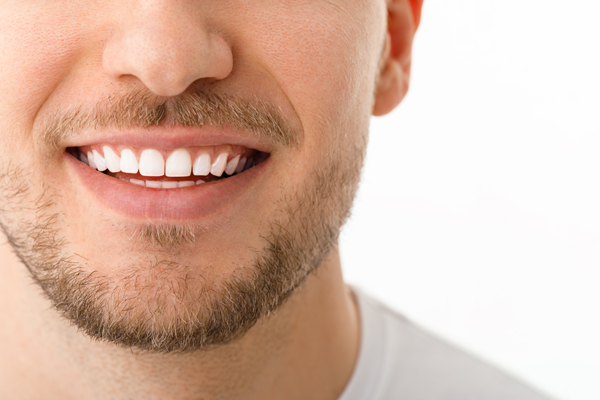 Traditional metal braces and Invisalign® are two of the most common options for teeth straightening. Continue reading to discover the differences between Invisalign and traditional braces. When deliberating between the two options, you might ask questions about their effectiveness and cost. However, the goal is to choose the treatment option that would get the best results.
Traditional metal braces and Invisalign® are two of the most common options for teeth straightening. Continue reading to discover the differences between Invisalign and traditional braces. When deliberating between the two options, you might ask questions about their effectiveness and cost. However, the goal is to choose the treatment option that would get the best results.
An overview of Invisalign vs. traditional braces
The fact that Invisalign aligners are removable and undetectable makes it popular among patients looking to straighten their smiles discreetly. This feature allows patients to take the aligners out to eat, brush, and floss, as well as for special occasions. There is no dietary restriction since these aligners are detachable. This also removes the concern about broken brackets or loose archwires, as with braces.
The transparent plastic trays are practically invisible on the teeth, and treatment may involve as few as 12 or as many as 48 trays, depending on the extent of tooth movement required. The orthodontist will provide guidelines on how and when to use the aligners. The average length of Invisalign therapy is six to 18 months, although this varies from patient to patient. This depends on a patient's commitment to wearing the aligner for the recommended 20 to 22 hours each day since failure to do so may cause therapy to take longer.
Invisalign users should see an orthodontist every four to six weeks. With each appointment, the orthodontist will be able to monitor the progress. To ensure the teeth keep moving, patients will swap their aligners every one to two weeks. This is a crucial step in the straightening procedure. Treatment may be delayed if a patient misses visits or forgets to change aligners on time.
How are braces different?
Braces are still the most popular option for teeth straightening, considering they existed long before Invisalign was introduced. Braces are not removable, which is the most apparent difference between them and Invisalign. They are, nevertheless, very effective with resolving complicated problems and sometimes work more quickly than Invisalign.
While treatment times vary from patient to patient, braces often take anywhere from 18 months to three years to complete. However, patients will usually notice indications of progress very quickly. The treatment duration with Invisalign is shorter compared to braces.
The quantity of care required for braces is one factor that makes some individuals avoid this option. Patients need to avoid certain meals and visit the orthodontist regularly to adjust the brackets and wires from time to time. Brushing and flossing are also less fun with wires and brackets standing in the way. The good news is that there are a variety of accessories available to aid oral hygiene regimens.
Ready for a straighter smile?
Regardless of which treatment method you select, both braces and Invisalign can correct misalignments while enhancing the smile and oral health. This is a big choice, so it is advisable to discuss it with an orthodontist who has experience with both Invisalign and traditional braces. They will help you decide the most suitable method to straighten your teeth and get the smile you desire.
Request an appointment or call Valley Ranch Orthodontics at 972-200-1016 for an appointment in our Irving office.
Related Posts
If you are in the market for a new smile, you may be faced with the dilemma of which to choose –– Invaslign® or the traditional metal braces.Traditional braces are the most common type of orthodontic treatment for all ages. While they may be effective in straightening the teeth, some may consider them an unattractive…
Invisalign® is a modern teeth-straightening option that serves as an alternative to metal braces. Invisalign eliminates the need for brackets and wires; instead, it uses a series of clear plastic aligners to realign the teeth. Although lots of individuals are aware of the aesthetic advantages of Invisalign, like a straighter smile, there are also health…
To progressively and accurately straighten teeth, Invisalign® employs cutting-edge technologies, including computer modeling and computer-assisted manufacturing. Read on to learn more about this teeth-straightening option. The patient, as with any orthodontic therapy, plays an important part in the process. The quality and timeliness of your outcomes all depend on the patient's dedication to treatment instructions.The…


